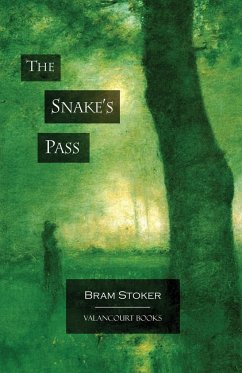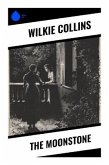In "The Snake's Pass," Bram Stoker crafts a compelling tale set against the backdrop of the stunning Irish landscape, intricately weaving themes of love, loyalty, and the supernatural. This novel showcases Stoker's signature gothic style, characterized by rich descriptions and an atmospheric tension that captivates the reader. The narrative is steeped in local myth and folklore, reflecting the cultural context of late 19th-century Ireland, while also exploring the psychological depths of its characters through vivid dialogue and structural tension. Stoker's proficiency in building suspense and his penchant for the uncanny are palpable, making this work a notable exploration in his oeuvre. Bram Stoker, an Irish writer best known for his iconic horror novel "Dracula," drew inspiration from his extensive knowledge of folklore and his fascination with the ethereal. Raised in Dublin, where tales of the supernatural were prevalent, Stoker's literary ambitions were supported by his friendships with influential figures such as Oscar Wilde. This exposure to theatrical and gothic traditions profoundly shaped his writing, informing the creation of "The Snake's Pass," where he melds personal experiences with cultural narratives. "The Snake's Pass" is highly recommended for readers interested in gothic literature and the interplay between myth and human experience. Stoker's masterful storytelling not only entertains but also invites contemplation of deeper existential themes, making this work a worthy addition to any literary collection.
Bitte wählen Sie Ihr Anliegen aus.
Rechnungen
Retourenschein anfordern
Bestellstatus
Storno








